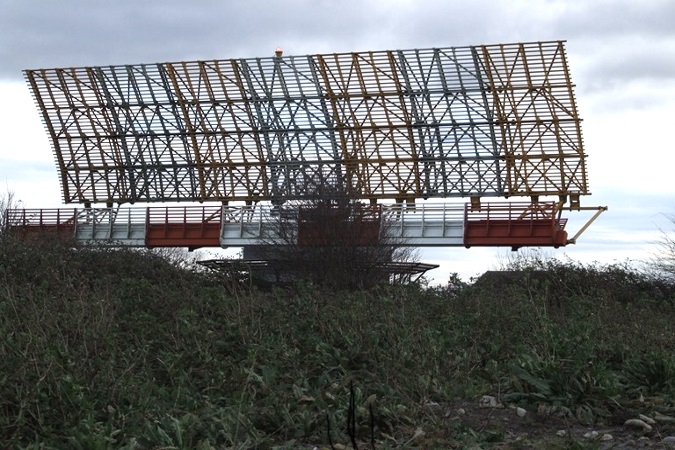Recently a 70 mile wide swarm of butterflies was detected by meteorological radar in Colorado USA. There are many natural and man-made sources of radar interference and a number of physical interference effects.
Interference Terms
Often radar detect things that they are not designed to detect. For example a marine radar designed to detect ships may also pick up waves on the surface of the sea – or an air traffic control radar designed to detect aircraft may detect vehicles on a busy road near the airport. In all these cases the radar system can detect and display things it was not originally designed to detect.
These particular effects can be referred to as clutter, false returns or simply radar interference. The term false returns tends to be used more with modern digital systems whereas the term clutter tends to be used more with older analogue systems.
Causes of Radar Interference
The following are common sources of radar interference.
- Large birds
- Flocks of smaller birds
- Road traffic
- Trains and ships
- Swarms of insects
- Rain and storms (not considered as radar interference in the case of meteorological radar)
- Waves and sea spray
- Masts
- Buildings
- Wind Turbines
Other Types of Radar Interference
Whilst the most common form of interference relates to clutter and false returns there are other forms that are sometimes of concern. These include:
- Desensitization – where a radar becomes less sensitive to smaller targets at particular locations
- Shadowing – where the shadow cast by a building or structure prevents detection of a target in the shadow zone behind it
- Reflections – where a building or structure reflects a radar signal so that it appears in the wrong place
Assessment
Pager Power can assess the potential radar impact of large developments such as wind turbines, masts and large building developments. Radar Impact Assessments may include:
- Radar Line of Sight (LOS) calculations to show the extent to which a development is shielded from a potential development by terrain.
- Radar Detectability calculations to show the extent the likelihood of a radar detecting a wind turbine.
- Shadow loss calculations to show the extent that a radar signal is weakened by an obstacle on the signal path.
Wind Turbine Radar Interference – Country by Country
The general concerns raised by radar operators vary. The following table indicates some of the concerns Pager Power has encountered when helping address radar interference concerns.
Next Steps
If you have a development project that is blocked due to radar interference concerns please contact us – we may be able to help. Contact Pager Power on 01787 319001.


